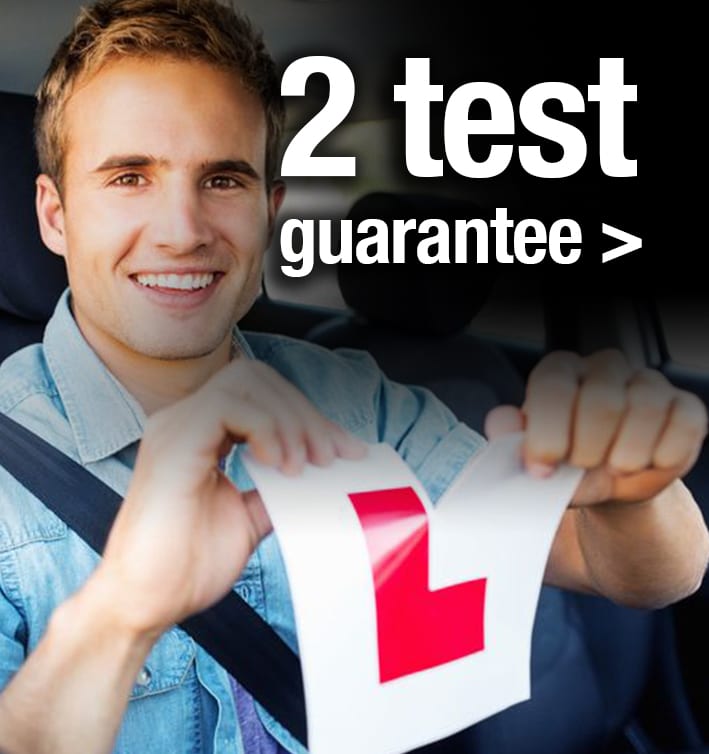In this video, you will see Harry driving on rural roads and it will help you to recognise some of the key skills needed to drive safely on country roads.
Harry has decided to practise driving on rural roads in and around Spalding having had an initial practice in Grantham the previous day of his 5 star, all-inclusive BIG TOM intensive driving course. You can see him navigating his way around twisty roads with farmland either side of the road. The video goes on to explain some of the characteristics present when driving on these types of roads. Often the class of road differs from A roads, the quality of the road surface may not be so good, driving in the dark is more difficult due to no white line markings on the road or street lights or cats eyes. Visibility ahead is often compromised.
With country roads come horses, pedestrians, tractors, dogs, pheasants, deer, foxes, cows, motorbikes and very often hills and bends. So driving on these kinds of roads needs practice of being able to anticipate increased risk factors, and then plan for the appropriate driving actions depending ont he circumstances. When newly qualified drivers have not had enough experience of driving on these roads, they may fall short of being able to safely drive independently in what can be quite challenging driving conditions. The design of the roads is different to other types of driving, the users and animals are different and when you also factor in poor weather or light levels, then you can begin to realise how important it is to ensure you are properly prepared for driving on these roads.
Later in the video, you see Harry transitioning from the rural road to a faster moving “A” road. And this is also an important skill to develop. It comes in many different forms. Sometimes drivers may have driven on a motorway for some time and then pull off at services and within 30 seconds of travelling on a motorway, then find they need to do a parking manoeuvre. Likewise, you may need to transition from town driving with a maximum speed limit of 20 or 30 and then in the space of about a minute, you find yourself merging on to a faster moving dual carriageway. Appreciating what kind of driving conditions you are in and crucially, soon to be in, does require some practice and our intensive course is ideal at making that possible. Our customers get the opportunity of driving in different towns and cities on different days of the course. This helps them practise real-life driving of planning a route, navigating on unfamiliar roads, adapting to differing driving conditions and this is all accomplished in a safe learning environment. It helps them to recognise which types of driving they feel more or less confident and gives them the opportunity to assess their strengths or weaknesses.
The DfT reported on 30/09/2020 for road casualties in Great Britain in 2019. In that report it is shown that the vast majority of fatalities occur on rural roads (57%) with urban (37%) and motorway (6%). As it shows that 43% of traffic is carried on rural roads it is vitally important that pupils learning to drive are given the opportunity to clock up hours of practice. The report indicates that there continues to be improved road safety on Great British roads with lower levels of casualties of all severities – in fact at the lowest level since 1979 which is quite some achievement considering the increased volume of traffic since that time. While it is pleasing to see that there were fewer young fatalities (aged 17-24) in 2019 than the previous year, we recognise at BIG TOM the importance of developing competent and confident drivers by offering the best quality driving training. As you can see from Ben’s driving training experience here, BIG TOM has been methodically ensuring our driving training is fit for purpose for many years.




